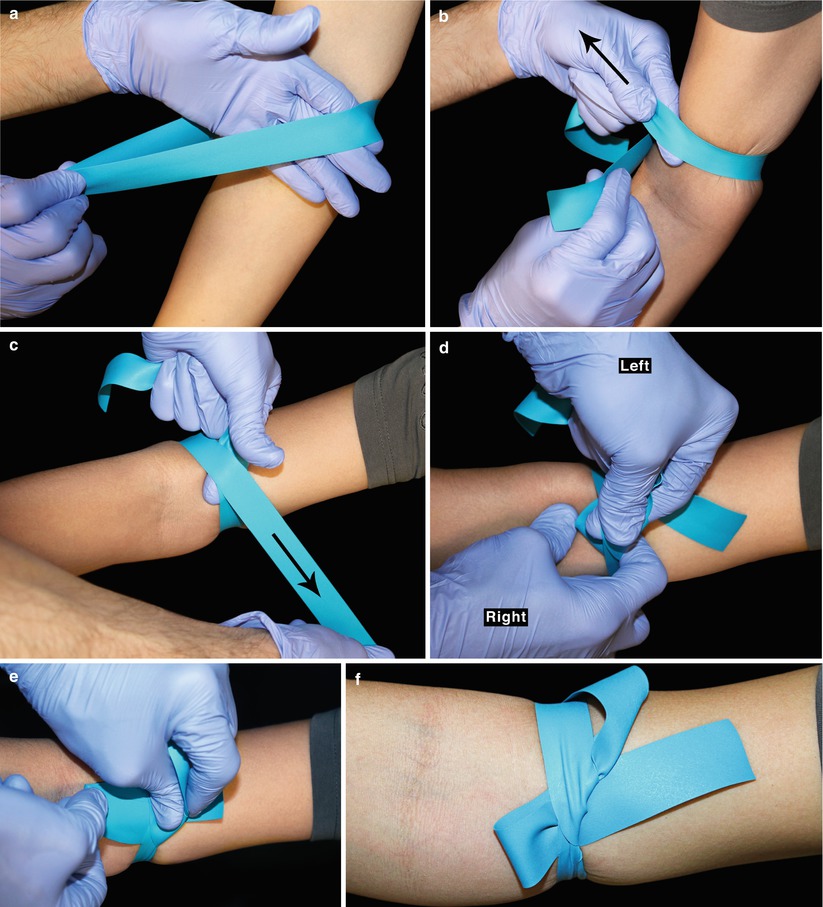How To Tie A Tourniquet For Blood Draw
How To Tie A Tourniquet For Blood Draw. Use a common square knot (like tying your shoelaces, but without making a bow) to tie the tourniquet around the limb. The vacuum tubes are designed to draw a predetermined volume of blood.

If properly inserted blood should flash into the catheter. Next, take one end loop it around the area under the crisscross you made. If you don’t, the venous pressure is very low, and unless you’re in a really decently sized vein, it’s quite possible the pull from the vacutainer or syringe will flatten the vein around the end of the needle, occluding or hemolyzing the blood flow into the sample tube.
The Slight Pressure Can Increase A Vein’s Visibility But Ensure That The Tourniquet Is Not On For Too Long Because It Can Lead To Severe Damage And Injury.
Despite widespread usage of tourniquets for venipuncture by medical and laboratory staff, very few are aware of the effects of tourniquet application on laboratory parameters. You can decide or you can let the patient decide. The tourniquet should be at least 5cm above the wound, or 5cm above the joint if the wound is on the lower limb.
How To Tie A Tourniquet Or How To Apply A Tourniquet Using The Quick Release Technique For Drawing Blood And Starting An Iv As A Nursing Student Or Nurse.
If you don’t, the venous pressure is very low, and unless you’re in a really decently sized vein, it’s quite possible the pull from the vacutainer or syringe will flatten the vein around the end of the needle, occluding or hemolyzing the blood flow into the sample tube. The tourniquet should be at least 5cm above the wound, or 5cm above the joint if the wound is on the lower limb. A tourniquet used for venipuncture restricts blood flow.
Despite Widespread Usage Of Tourniquets For Venipuncture By Medical And Laboratory Staff, Very Few Are Aware Of The Effects Of Tourniquet Application On Laboratory Parameters.
How to apply & tie a tourniquet when drawing blood or starting an iv. Use a common square knot (like tying your shoelaces, but without making a bow) to tie the tourniquet around the limb. Tie the bandage around the bare limb on a single bone (i.e.
Determine Which Arm You Will Be Drawing Your Sample From.
The tourniquet causes a vein to swell, which makes the vein easily accessible for blood drawing. Another tourniquet tip is to use a blood pressure cuff. Apply the tourniquet snugly, and ask the patient to make a fist.
How To Use A Tourniquet To Draw Blood.
They will then insert the needle and collect the sample. Tie the bandage around the bare limb on a single bone (i.e. Now that that’s out of the way, here’s how to apply a tourniquet:
Post a Comment for "How To Tie A Tourniquet For Blood Draw"